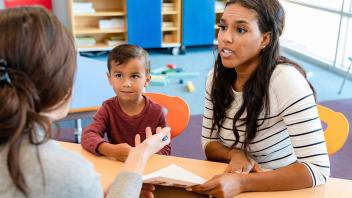We live in a noisy world. Where can silence be found? Does it even exist anymore? What do we lose without a bit of quiet?
We frequently create our own noise: we plug into ear buds, headphones or other devices; talk with unseen companions walking down the street. And radios or televisions are virtually ubiquitous. We even plug in children to a game on a computer or tablet or smartphone.
Noise prevents us from truly interacting with other people in real time. It prevents us from giving ourselves time to think. It’s no wonder that we have trouble listening to each other. I don’t mean hearing others — I mean listening to what others are actually saying.
Active listening is more than just hearing what someone else says. It is an integral part of communication. Parents listen actively to their infants’ sounds, able to differentiate between cries — needy, hurt, angry. By listening actively to the very young, we understand what they’re communicating; after all, infants can’t express what’s going on in words.
We know that children learn through imitation, following an adult’s lead. Active listening is a good habit to model. But before it becomes a habit, it takes practice. If adults aren’t in the habit, it’s likely that children will succumb to the noise all around.
As children get older, all too often adults stop listening actively.
To listen actively does not mean to necessarily agree; active listening means simply trying to understand, even accept, what another person is expressing. It means trying to “get it” even if the listener doesn’t agree. (Think of a child who says that she hates school. What she may be trying to say is that she had a rough day.)
Perhaps if we can help our children listen carefully and actively, to really understand what others are saying — and if adults work on making it a habit themselves — there will be more effective communication in families and in communities.
Maybe, just maybe, we can help children grow into adults who can communicate diverse ideas respectfully, without rancor. And maybe, just maybe, there will be a bit less noise in the world.

